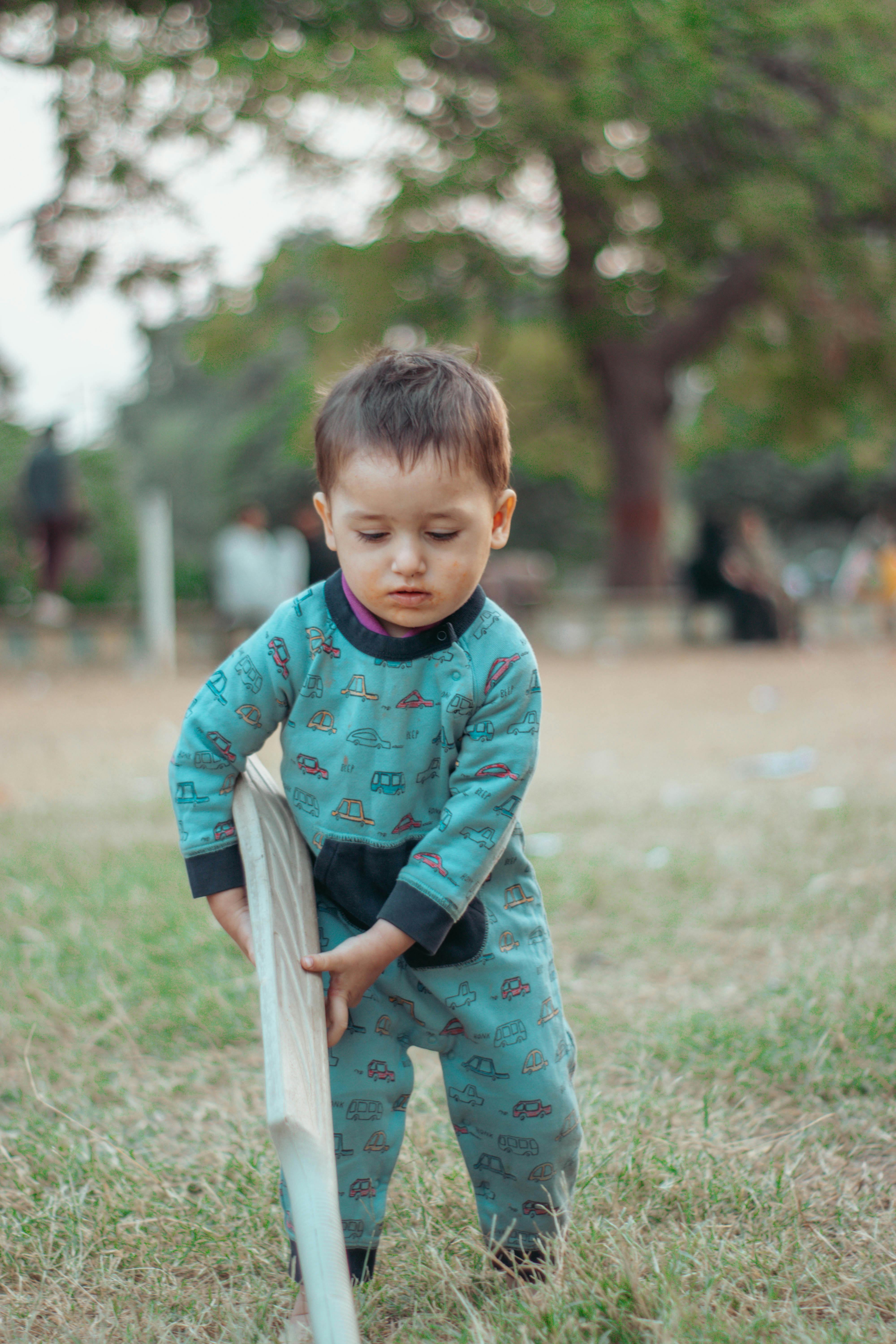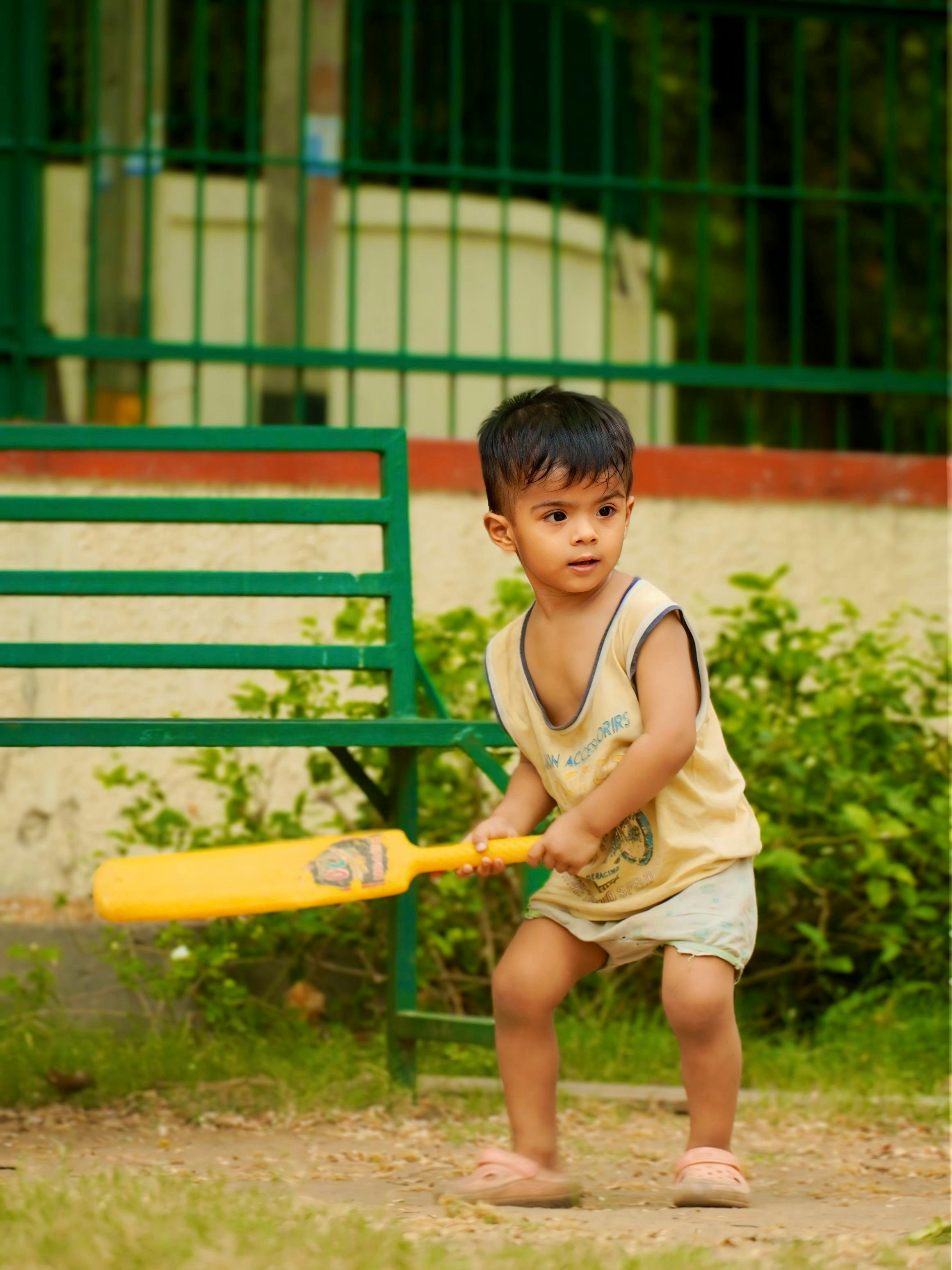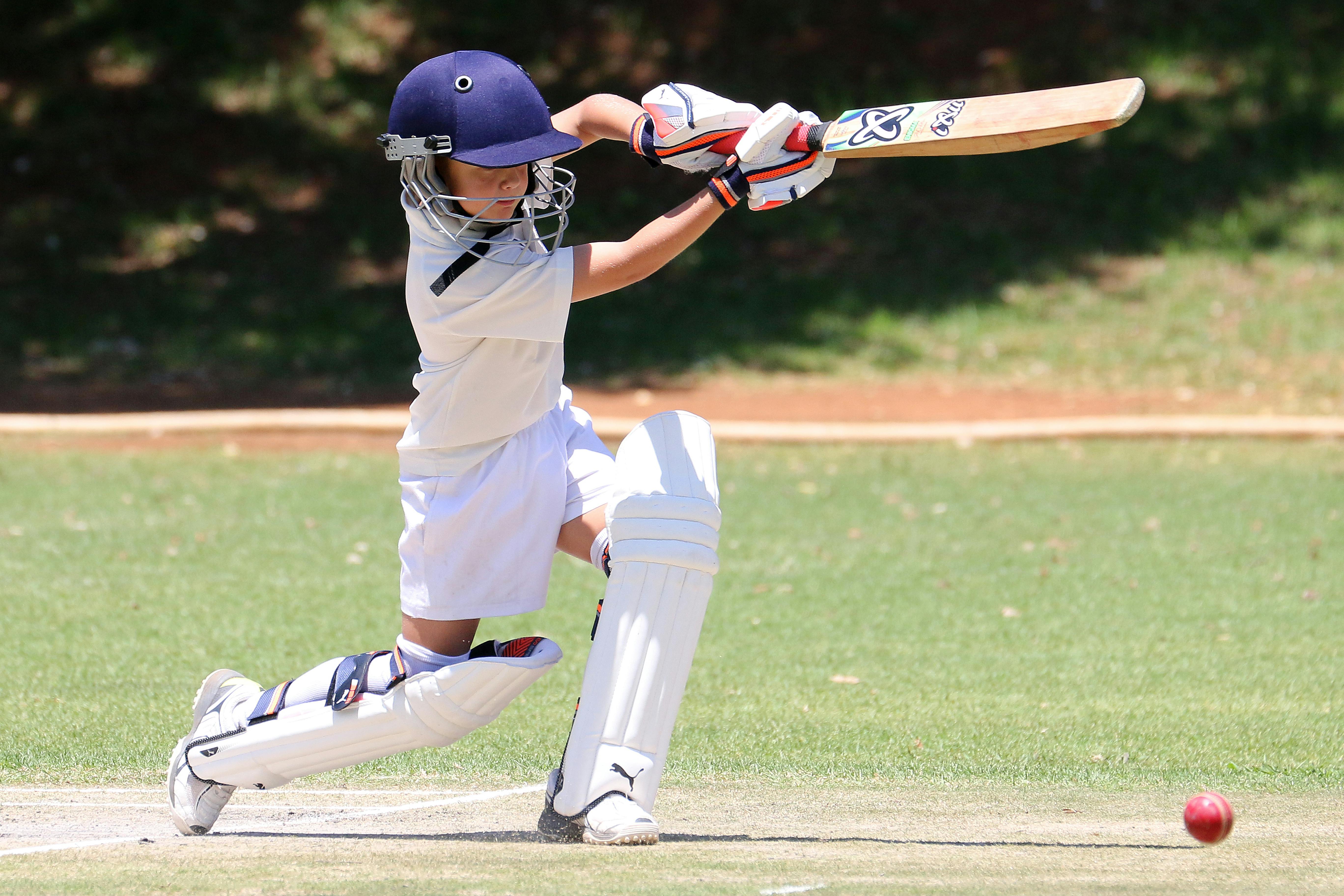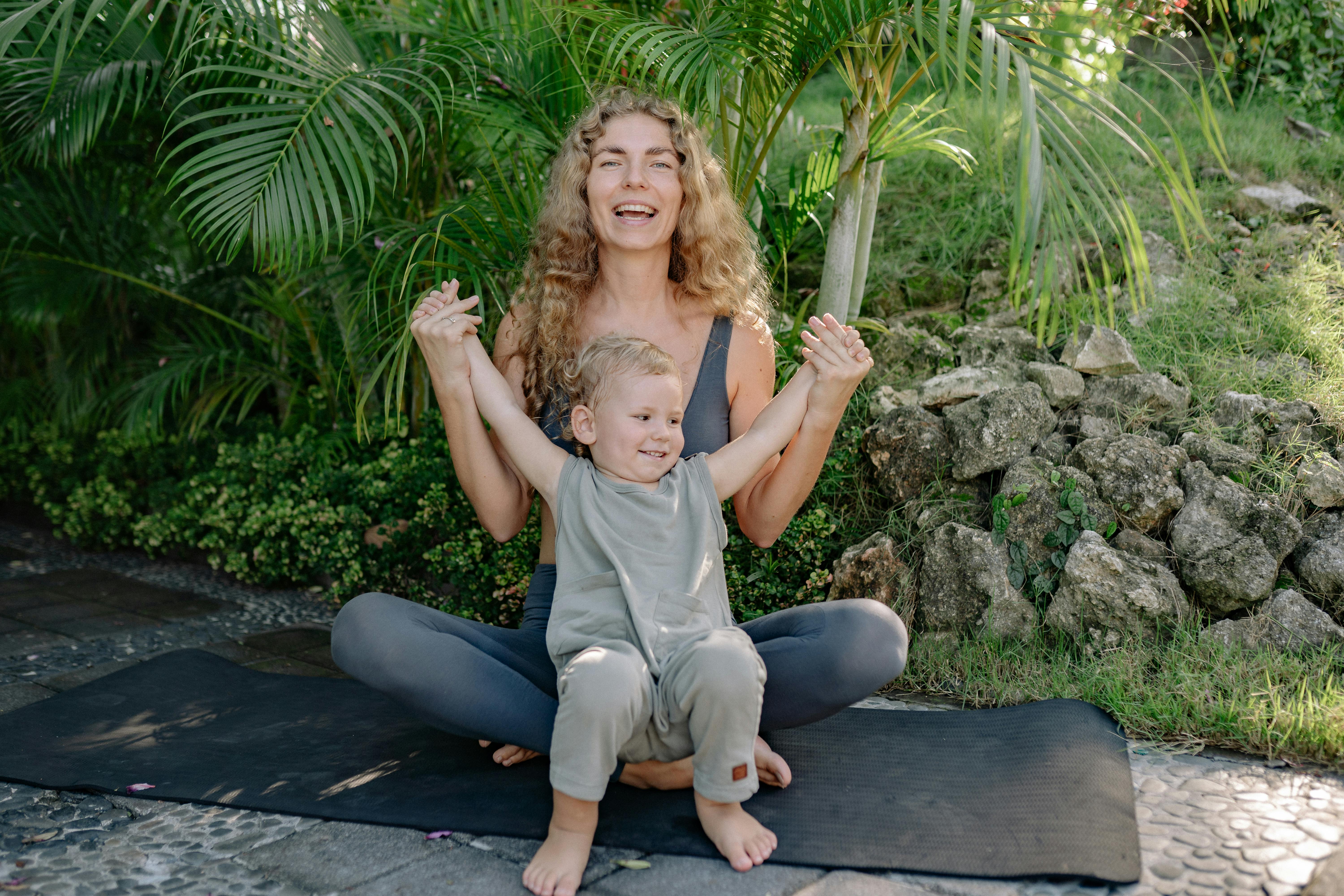Raising a child in today’s digital world comes with unique challenges. As a mother, I’ve often worried about how easily screens can capture my son’s attention, keeping him indoors for hours. My son, Aanas, is five years old, full of energy, curiosity, and a growing love for games. I wanted to channel this energy in a positive direction and help him build a healthy lifestyle early on. That’s how our journey with cricket began—a simple daily routine that not only made him more physically active but also strengthened our bond as a family.
Why I Chose Cricket as His Daily Activity
Cricket is more than just a sport in South Asia—it’s a way of life. I grew up watching children play cricket in the streets, fields, and schoolyards. It’s a sport that encourages movement, teamwork, and discipline. When I thought about how to get Aanas moving, cricket felt like the perfect choice.
Unlike some structured sports that require expensive gear or professional settings, cricket can be played almost anywhere with minimal equipment. A bat, a ball, and some open space are enough to get started. Plus, it’s a game that combines different types of physical activities: running, catching, throwing, hitting, and even strategizing.

Introducing Cricket Through Play
I didn’t want Aanas to feel forced into playing a sport. At his age, enjoyment matters more than competition. So I began by introducing cricket in the simplest way possible—through play. I bought a lightweight plastic bat and a soft ball that were safe for him to handle.
Every evening, after his afternoon nap and snack, I took him outside to our yard. At first, I just rolled the ball towards him and encouraged him to hit it. I kept my tone cheerful and playful, making sure he associated cricket with fun rather than pressure. Some days, he laughed more than he played, and that was perfectly fine. The goal was to build interest gradually.
Setting a Consistent Routine
Once I noticed that Aanas was enjoying himself and showing genuine interest, I decided to give his playtime a bit more structure. Children thrive on routines—it gives them a sense of security and helps build healthy habits. So, I set a daily play schedule.
Usually, his cricket time starts around 4:30 PM, after his snack. We dedicate around 45 minutes to one hour for outdoor play. Even if the weather is slightly warm, I make sure he stays hydrated, wears comfortable cotton clothes, and has proper shoes to avoid slipping.
Over time, this play hour became a fixed part of his day. He started reminding me himself, excitedly saying, “Amma, it’s time to play cricket!” That’s when I knew the routine had truly become a habit.

Balancing Practice and Play
Children can lose interest quickly if something becomes repetitive. To keep things exciting for Aanas, I created a mix of different mini-activities related to cricket. Instead of making him do the same thing every day, we rotate between batting, catching, and running exercises. Here’s what a typical session looks like:
1. Batting Practice
I bowl slowly and gently, letting him swing the bat and make contact with the ball. At first, he missed more than he hit, but with time, his hand–eye coordination improved noticeably. I cheer for every good shot he makes, which makes him proud of his progress.
2. Running Between Wickets
Running is one of the best ways to build stamina in children. I set up two small markers as wickets and encourage him to run back and forth after hitting the ball. Sometimes, we time him to see if he can “beat his own record.” It’s a simple way to add excitement to physical activity.
3. Catching and Fielding Drills
I toss the ball lightly, and he tries to catch it. This improves his reflexes and focus. As he got better, I slowly increased the difficulty level by throwing slightly higher or at different angles. He loves the challenge.
4. Mini Matches
On weekends or holidays, some neighborhood kids join us for short, informal matches. These games are full of laughter and energy. It’s not about winning or losing—it’s about learning teamwork, sharing, and playing together.
Gradually Reducing Screen Time
One of the biggest struggles modern parents face is controlling screen time. Like many kids his age, Aanas loved watching cartoons and short videos. Instead of suddenly banning screens, I took a gentle, step-by-step approach.
First, I set clear limits on screen use and explained to him why playing outside is good for him. Then, I started introducing cricket sessions right after his favorite shows ended. Over time, the excitement of playing outside naturally began to replace his urge to stay glued to the screen.
Now, if I delay our playtime, he’s the one who reminds me to take the bat and ball outside. That’s when I realized the shift had truly happened—not because I forced it, but because he learned to love physical activity.

Encouraging Through Positive Words
Children respond strongly to praise and encouragement. During each play session, I make sure to cheer for him—whether he hits a great shot or simply tries his best. When he misses a catch or gets frustrated, I gently remind him that practice makes everyone better.
I avoid criticizing or comparing him with other kids. Instead, I focus on highlighting his progress: “Wow, you’re catching so much better now than last week!” This kind of encouragement builds his confidence and keeps his interest alive.
Adjusting the Routine with Weather and Mood
Of course, not every day is perfect. Sometimes, the weather doesn’t cooperate. On rainy days, we move the play session indoors. I clear a small area and let him practice batting with a soft ball. If he’s tired or not in the mood, I don’t force him. I might read him a story about cricket players or watch short highlight clips together instead. This keeps the theme alive without making it stressful.
Flexibility is key. What matters most is keeping the overall habit consistent while respecting his mood and energy.
Physical and Mental Benefits I Observed
Within just a few weeks of starting this routine, I began noticing remarkable changes in Aanas:
- More Energy: He became more active and less restless indoors. His stamina improved, and he didn’t tire easily after playing.
- Better Focus: His concentration during other activities, like reading or crafts, noticeably improved.
- Healthy Sleep Pattern: Outdoor play tired him out in a healthy way, which improved his nighttime sleep routine.
- Improved Motor Skills: His coordination, balance, and reflexes got sharper through running, catching, and hitting.
- Social Development: Playing with other kids during mini matches helped him learn teamwork, sharing, and basic sportsmanship.
- Happier Mood: Regular physical activity reduced crankiness and made him generally happier and more enthusiastic.
These benefits went beyond just physical health—they positively influenced his emotional well-being and confidence too.
Making Physical Activity a Family Habit
One of the reasons this routine worked so well is that it wasn’t just his activity—it became a family habit. I joined in his playtime, encouraged him, and sometimes even let him “coach” me for fun. This made our bond stronger and showed him that movement is enjoyable for everyone, not just children.
Sometimes, his father also joins after work, and the three of us have small evening matches in the yard. These moments have become some of the most cherished parts of our day.

Tips for Parents Who Want to Make Their Kids More Active
If you’re a parent trying to get your child to be more physically active, here are a few practical tips based on what worked for me:
- Start Small: Don’t overwhelm them with strict schedules at first. Begin with playful, short sessions.
- Choose What They Enjoy: Pick a sport or activity your child naturally likes. Fun is the key to consistency.
- Create a Routine: Fixed playtime helps build habits faster than random sessions.
- Be Involved: Play with them, cheer for them, and make it a bonding activity.
- Use Positive Reinforcement: Praise progress, not perfection. Avoid criticism.
- Be Flexible: Adapt to weather, mood, or energy levels instead of forcing a rigid schedule.
- Limit Screen Time Gently: Replace screen time with engaging outdoor play, rather than strict bans.
- Celebrate Small Wins: Acknowledge their improvements to keep them motivated.
Frequently Asked Questions (FAQ)
Q1: At what age can children start playing cricket?
Children as young as 4 or 5 can begin with simple batting and catching drills using soft balls. At this stage, the goal is fun and basic coordination, not competition.
Q2: How long should daily play sessions be for young kids?
For preschoolers, 30–60 minutes of active play per day is ideal. The sessions don’t have to be intense; they just need to involve movement and fun.
Q3: What equipment is best for beginners?
Start with a lightweight plastic bat and a soft ball to ensure safety. You don’t need expensive gear in the beginning.
Q4: How can I reduce my child’s screen time without tantrums?
Gradually replace screen time with engaging activities they enjoy. Offer alternatives rather than sudden bans, and involve them in the decision-making process.
Q5: What if my child isn’t interested in sports?
That’s okay. Try different activities like dancing, cycling, or simple running games. The key is to find something they genuinely enjoy.
Final Thoughts
Creating a daily cricket routine for Aanas has been one of the most rewarding parenting decisions I’ve made. What started as a simple attempt to keep him active turned into a joyful habit that benefits his body, mind, and overall growth. It taught me that with patience, encouragement, and a playful approach, children naturally develop a love for movement.
Every evening when I see him pick up his bat with excitement in his eyes, I feel proud—not just of him, but of the healthy lifestyle we’re building together.








